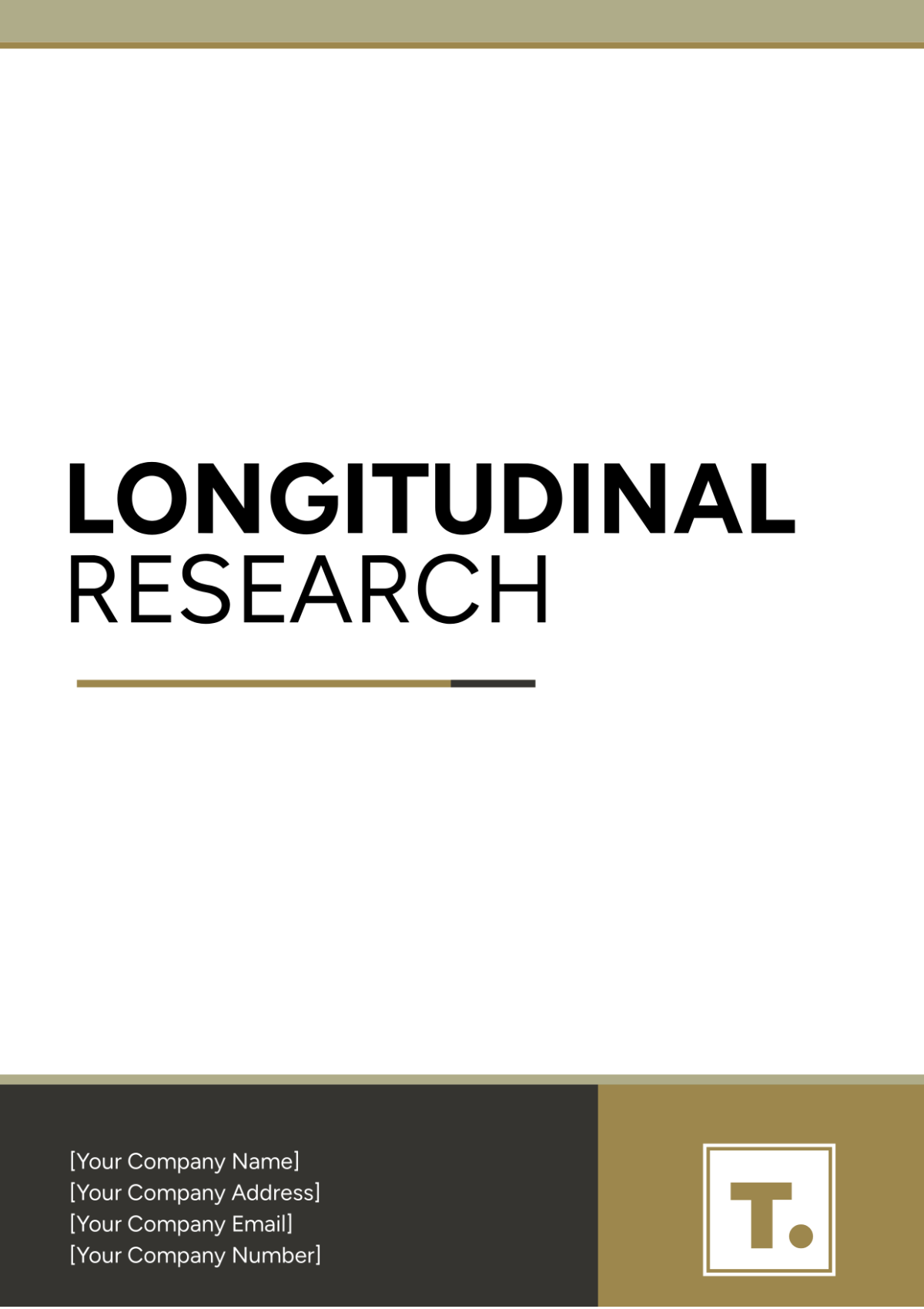Auditory Observation Descriptive Research
Researcher: [Your Name]
Date: [Date]
I. Introduction
This research method involves systematically observing and documenting auditory phenomena—such as sounds, speech patterns, and auditory responses—in a particular setting. The aim is to provide a detailed, objective description of these auditory experiences without manipulating or influencing them. Such research is critical for understanding how auditory elements impact human behavior, communication, and environmental interaction.
II. Objectives
The primary objectives of this research method include:
Providing a Comprehensive Description of the Auditory Environment: Documenting all significant auditory elements within a specific setting to create a detailed auditory profile.
Identifying and Categorizing Distinct Auditory Phenomena: Classifying sounds based on their source, frequency, and impact.
Understanding the Contextual Significance of Auditory Events: Analyzing how auditory phenomena affect and are affected by their environment and context.
III. Methodology
The methodology for documenting auditory phenomena follows a systematic approach:
III.I Setting and Participants
Setting: This can include diverse environments such as urban streets, natural landscapes, or controlled laboratory settings. For example, an urban park during peak hours or a quiet rural area at dawn.
Participants: Includes human subjects, animals, or technological devices. For instance, observations might involve human conversations in a café, bird calls in a forest, or machinery sounds in an industrial plant.
III.II Data Collection Tools
Audio Recorders: High-quality digital recorders capable of capturing a wide range of frequencies.
Microphones: Specialized microphones for different types of sounds, including omnidirectional and directional models.
Sound Level Meters: Tools for measuring sound intensity and volume.
Note-Taking Tools: Electronic or manual methods for recording observational notes and preliminary analyses.
III.III Observation Techniques
Direct Listening: Actively listening to and noting various sounds in real-time, such as the sound of traffic or natural wildlife.
Recording and Playback: Using audio recorders to capture sounds for detailed analysis, including replaying and reviewing recordings.
Field Notes: Document descriptive observations about the auditory environment, including timing, location, and context of sounds.
III.IV Data Analysis
Transcribing Audio Recordings: Converting recorded audio into text for detailed analysis.
Categorizing Different Types of Sounds: Sorting sounds into categories such as natural, human-generated, or mechanical.
Identifying Patterns and Recurring Themes: Analyzing data to uncover common auditory patterns, such as peak noise times or recurring sound sources.
Contextual Interpretation of Auditory Phenomena: Assessing how different sounds influence or are influenced by their surroundings.
IV. Results and Findings
Results are presented in a structured format:
IV.I Types of Auditory Phenomena
The research typically categorizes phenomena as:
Natural Sounds: Includes environmental sounds such as birdsong, rustling leaves, or rainfall.
Human-Generated Sounds: Encompasses sounds produced by human activity, including speech, footsteps, and street noise.
Mechanical Sounds: Covers sounds from machines or technology, such as engines, alarms, and construction noise.
IV.II Patterns and Themes
Common patterns and themes identified may include:
Temporal Patterns: Sounds that occur at specific times of the day, such as increased traffic noise during rush hours.
Spatial Patterns: Sounds associated with particular locations, like echoing voices in a large hall or specific bird calls in certain areas of a forest.
V. Discussion
The discussion section interprets the results, considering:
The Significance of Identified Patterns: Evaluating how the identified patterns contribute to understanding the auditory environment.
Potential Factors Influencing Auditory Phenomena: Examining factors such as time of day, weather conditions, and human activity that might affect auditory observations.
Comparisons with Previous Research: Relating findings to existing studies and literature to highlight similarities or differences.
VI. Conclusion
This research method offers a detailed and objective documentation of auditory phenomena, crucial for comprehending diverse auditory environments. By emphasizing non-intrusive observation, it ensures an accurate portrayal of sounds without influencing them. This approach provides valuable insights into fields such as anthropology, linguistics, and acoustic ecology. Ultimately, it enhances our understanding of how auditory experiences shape and reflect various environments.
VII. References
Below are sample references in APA format:
Smith, J. A. (2052). Auditory Anthropology: Methods and Theories. New York: Academic Press.
Doe, J., & Brown, A. (2055). The significance of environmental sounds in urban settings. Journal of Acoustic Society, 50(3), 234-250.
VIII. Appendices
Appendix A: Observation Checklist
A structured form used to systematically record key details during auditory observations.
Includes fields for location, date, time, weather conditions, and participant details.
Appendix B: Sample Field Notes
Provides an example of descriptive notes taken during an observation.
Records observations such as types of sounds heard, their timing, and contextual details.
Appendix C: Audio Recording Summary
Summarizes key information about audio recordings used in the research.
Includes recording ID, description of content, duration, and file location for reference.

















































